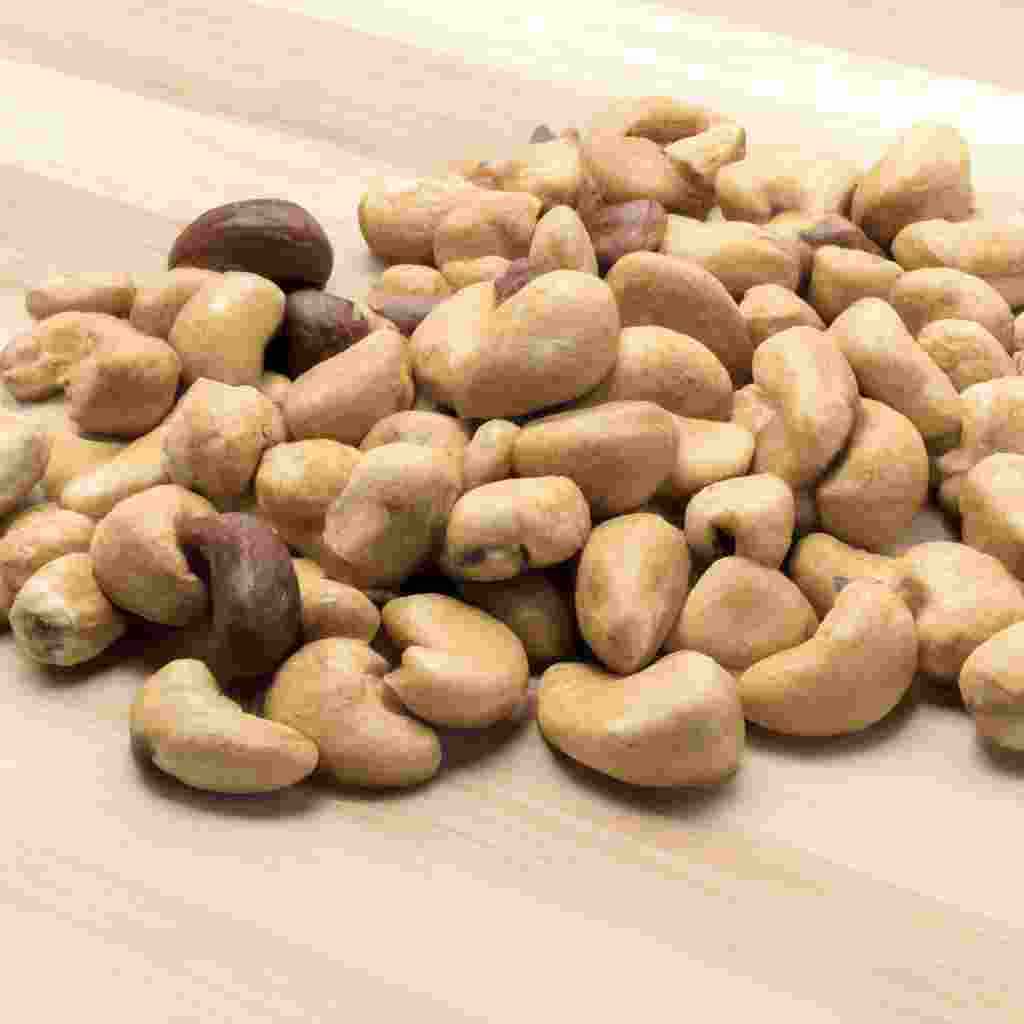Jack Nut
About Preparation and Cooking
Preparing and cooking jack nut involves a few different approaches, each adding its own unique flavor and texture to the final results. Here are a few of the popular methods: 1. Roasting: Roasting jack nuts delivers a delicious, nutty flavor. Start by preheating your oven to 300°F (150°C). Crack open the jack nuts and remove the seeds. Rinse the seeds to remove any excess sap or dirt, then pat them dry with a clean towel. Toss the seeds with a little olive oil and your choice of seasonings, such as salt, pepper, and paprika. Spread them evenly on a baking sheet and roast for about 15-20 minutes, until golden brown and crispy. Keep an eye on them to prevent burning. 2. Boiling: Boiling jack nuts is a great way to soften the nuts and enjoy them as a snack or incorporate them into various dishes. Start by boiling a pot of water and adding the jack nuts (without the shell) once it reaches a rolling boil. Boil for about 15-20 minutes, or until the nuts become tender. Drain the nuts and pat them dry. From here, you can enjoy them as is or season them with spices or sauces for added flavor. 3. Frying: Frying jack nuts results in a crispy and savory treat. Begin by removing the nuts from the shell and rinsing them thoroughly. Next, heat oil in a frying pan or deep fryer to around 350°F (175°C). Drop the nuts into the hot oil, making sure not to overcrowd the pan. Fry them for about 5-7 minutes or until they turn golden brown and crispy. Use a slotted spoon to remove the nuts from the oil and place them on a paper towel-lined plate to drain excess oil. Season them with salt or any other desired spices for added flavor. No matter which approach you choose, jack nuts are versatile and can be used in a variety of recipes, including salads, stir-fries, or as a topping for desserts. Experiment with different cooking methods and flavors to find your favorite way to prepare and cook jack nuts.

Details about Jack Nut
The jackfruit, commonly known as jack nut, is a tropical fruit that originates from the rainforests of the Western Ghats in India. It is believed to have been cultivated in the Indian subcontinent for over 5,000 years. Today, it is found in various tropical regions around the world, including Southeast Asia, Africa, and South America.
The jackfruit tree is a large evergreen tree that can reach heights of up to 30 meters. It has an extensive root system that helps it withstand strong winds. The flowers of the tree are small and unremarkable, but they emit a sweet fragrance that attracts pollinators like bees and butterflies.
The fruit of the jackfruit tree is the largest fruit that grows on a tree, with some weighing up to 50 kilograms. It has a greenish-yellow rind that is covered in small, cone-shaped projections. Inside the rind, the fruit is divided into numerous fleshy bulbs, each containing a seed. The flesh is pale yellow and has a slightly sweet taste, reminiscent of a blend between a pineapple and a banana.
Jackfruit is a versatile fruit and can be used in both savory and sweet dishes. In culinary use, it can be eaten ripe or unripe, although the unripe fruit is more commonly used in savory preparations. The unripe jackfruit has a firm texture and a neutral taste, making it an excellent meat substitute for vegetarians and vegans. Its fibrous texture makes it an ideal ingredient to mimic pulled pork or shredded chicken in dishes like barbecue jackfruit sandwiches or curries.
To prepare unripe jackfruit, it is important to remove the rind and the thick white core before cooking. The flesh is then usually cut into chunks or strips and boiled to soften it. After boiling, it can be further seasoned by marinating it in spices or sauces before frying or slow-cooking. The cooked jackfruit easily absorbs flavors, making it a popular ingredient in various Asian cuisines.
In addition to its use as a meat substitute, ripe jackfruit is also enjoyed as a sweet treat. When ripe, the fruit has a much sweeter taste and a softer, juicy texture. It can be eaten fresh, enjoyed on its own, or used in fruit salads, smoothies, and desserts like ice creams and cakes.
In many countries, jackfruit is not only appreciated for its culinary uses but also for its nutritional benefits. It is a rich source of dietary fiber, providing about 3 grams per 100 grams of fruit. It also contains a moderate amount of vitamin C, potassium, and vitamin B6. Additionally, jackfruit is free from cholesterol and low in calories, making it a healthy addition to one's diet.
Jackfruit is a fruit that continues to gain popularity worldwide due to its versatility and nutritional benefits. From its origins in the Indian rainforests to its now widespread cultivation, the jack nut has made a significant impact in cuisines around the globe. Whether enjoyed in savory dishes or as a sweet delight, its unique flavor and texture make it a favorite among food enthusiasts and health-conscious individuals alike.